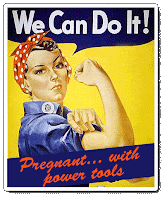Most commonly used fastener for attaching wood to wood, but are also used for attaching hardware, and hinges.
Vocabulary
head: the top of the screw that allows it to be turned or driven.
shank: the body of the screw, the cylindrical portion from under the head to the tip. May be entirely or partially threaded.
thread: the ridge wrapping around the shank of the screw that does the work of fastening the screw to the material.
Wood screws generally have a short section of unthreaded shank below the head.
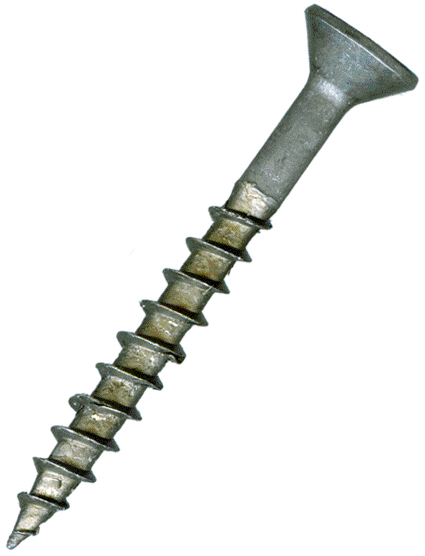
Screws vary by length, head type and shape, and gauge. The majority are tightened with a clockwise rotation.
Head Shape
round: for attaching thin materials to wood.
flat (also called countersunk): fit well in tapered recesses like the holes in hinges.
oval (also called raised): a little of both flat and round, tapered bottom; slightly rounded top.
pan or truss: a large flat head with a flat bottom like a round head.
trim : like a flat head but smaller, so they are less visible.
Those screws whose heads have a tapered bottom (flat and raised head) are designed to be countersunk, driven below the surface of the material to effectively hide the screw when covered over with wood putty or caulk.

Head or Recess Type
slotted (or flat-head) and phillips (or cross-head) are the most common standard recess types.
square-head (robertsons) and square-head phillips (a combination of phillips and square-head): these two grip and resist stripping better than the standard screw head types.
Because the bit grips the head so much better, making it easier to fasten with and less likely to , I prefer using a square-head screw whenever possible, but they are harder to find. Square drive bits also last longer.

Gauges
larger gauge = thicker screw
#6 (slightly thicker than 1/8”) to #12 (slightly thinner than 1/4”). These will be labeled with the size and the thread count per inch, #8-32, for example.
1/4” and larger are typically listed by their size in inches.
Using Screws
- Some are coated (which may stain your wood). Use stainless steel or galvanized screws for outdoor projects.
- When fastening two pieces of hardwood, predrill a pilot hole.
- Use as long a screw as you can without poking through the back side of the connecting piece.
- When using a flathead screw, use a screwdriver bit not wider than the screw head or you will mar your work. A bit that is too narrow may strip your screw head.
If you will screw into hard woods, use a quality Spax or premium screw – broken screws will only make you sad.
Dowel Screw: for attaching knobs, or connecting two wooden poles together. There are special drivers for these, or you can use vice grips.
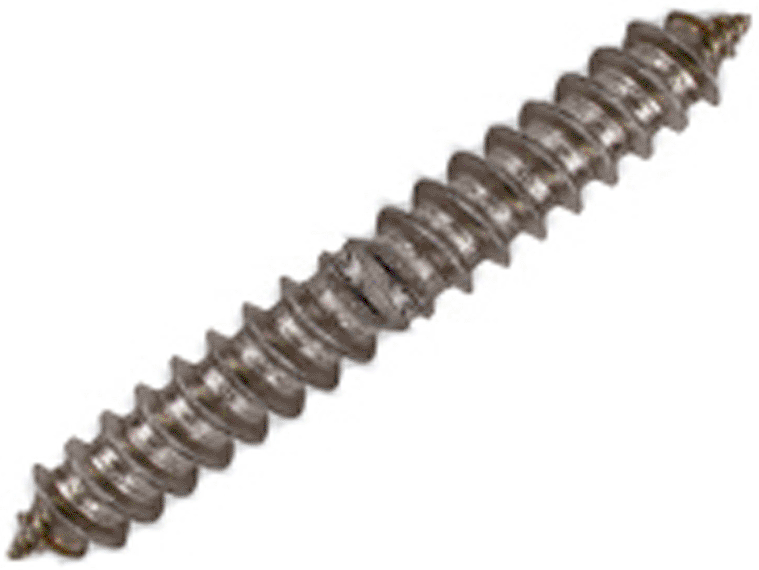
Hanger Bolt: also for attaching knobs, but also bun feet, and anything threaded.
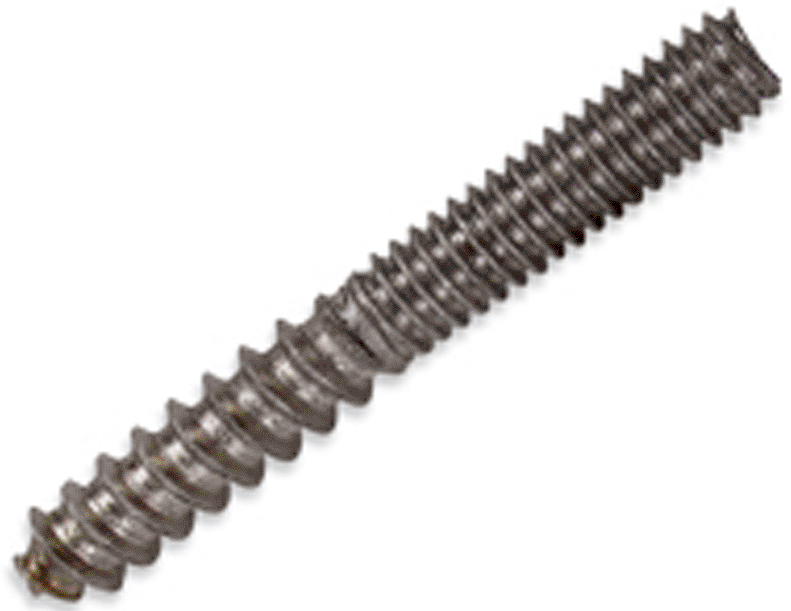
Eye Screw: open versions are called cup hooks. Hang all sorts of stuff… what else can I say.
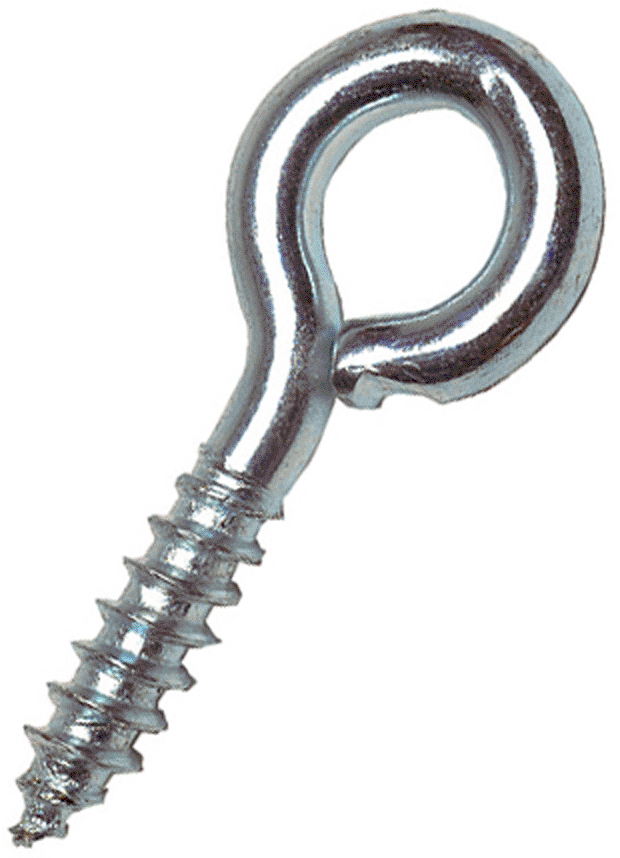
Tamperproof and tamper resistant screws

A special type of screw, used to prevent theft and tampering, with a very nonstandard head type that can only be screwed on and unscrewed with a special tool, designed specifically for the specialty screw head.
Decorative Screws
Made to look like old-fashioned wrought-iron nails, forged rivets, or any number of other attractive or unusual heads, these can take your project and add a special touch of antique, rustic or handcrafted to make it extra special and unique! I want some of these :)
Confirmat Screws
A European-style, special tapered screw (requiring a special countersink drill bit for the pilot holes) is designed to create a very strong and stable joint between two pieces of MDF (medium density fibreboard) or particleboard. I bought mine as part of a kit at McFeelys.

Another screw that will work well with MDF (and is less expensive than the Confirmat screws) is a coarse drywall screw.
How to Avoid Splitting Wood
Before screwing, drill a pilot hole. That a hole drilled with a drill bit the same diameter as the shank, or body (minus the threads) of the screw.
** Try rubbing bar soap on the screw threads. This will lubricate the screw going in, and can help reduce the chance of splitting.
Resources
10 Uses for Drywall Screws
Wood Screws
How to Avoid Splitting Wood on a Project
Future posts :
pocket screws and jigs
bolts
nails
miscellaneous fasteners
Ummm…. I would try to be funny about screws, but I don’t want to get in trouble with the search engines (and my mom ;)… so what do you… uh, fasten.

New to Pregnant with power tools? Don't miss a post and
subscribe here...











 Email Updates
Email Updates











































